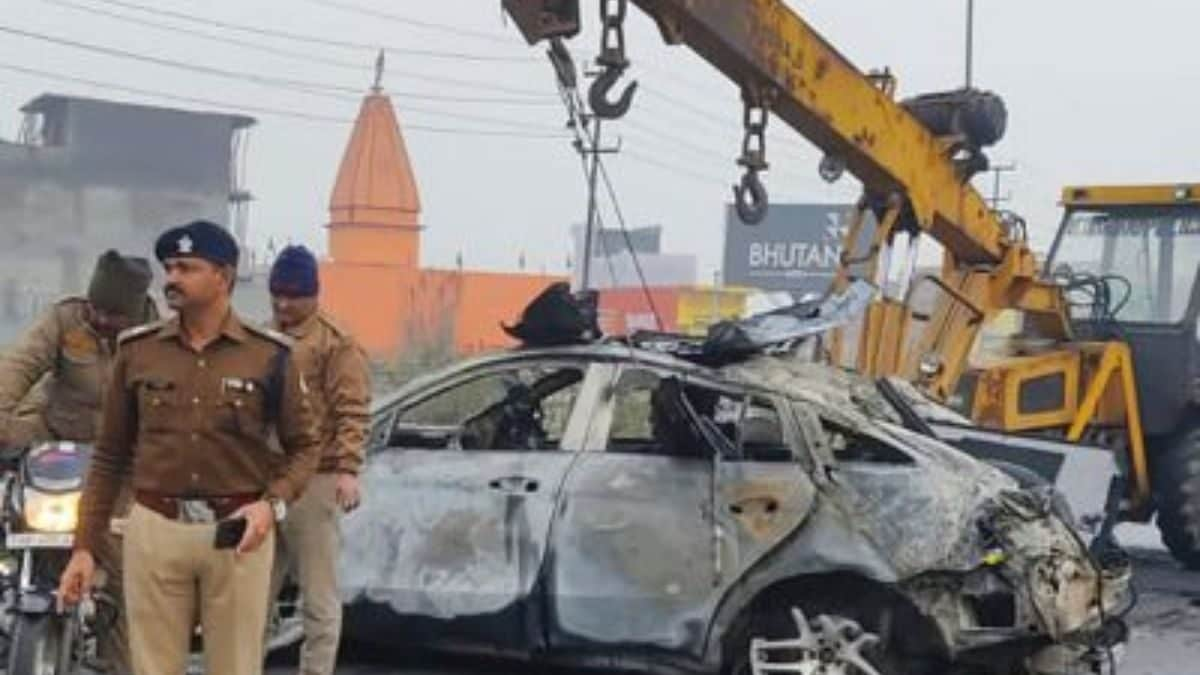According to the ministry, a road accident occurs every minute in India, and the fatal one every fourth minute. (Representational Photo/ AP)
The NHAI operates an Incident Management Services on the National Highways coordinated through 1033 nationwide helpline, which entails a set of coordinated activities initiated when an accident occurs
To deal with and minimise the impact of accidents on national highways, the Ministry of Road Transport and Highways has drafted a Request for Proposal (RFP) for supply, operation and maintenance of incident management services (lMS).
So far, this system was only with the national highways, which are under the National Highway Authority of India (NHAI). In an office memorandum issued on Monday, the ministry said it is proposing to extend the scheme of IMS to all the National Highways in the country with initial focus on high traffic corridors and the states with difficult terrains.
“Out of 1.45 lakh km of National Highways in the country, about 65,000 km are managed by NHAI, about 7,000 km are managed by NHIDCL and about 66,000 km are with the roads wing. The NHAI operates an IMS on the National Highways coordinated through 1033 nationwide helpline, which entails a set of co-ordinated activities initiated when an accident occurs,” the ministry said.
The operator identifies relevant agencies and liaise with them. The operators run 24X7 route patrols, cranes and ambulances on the said stretches, it added.
The order, signed by Superintending Engineer Rakesh Prakesh Singh, said the ambulances alone are grossly ineffective in initiating a post-crash response as the victims are more than often trapped inside the crashed vehicle and need to be released with professional powered tools to ensure prompt emergency care.
The provision of gas cutters and hydraulic rescue tools in the route patrol cars and small/medium cranes along with hydraulic towing arm and road clearing equipment staffed with trained manpower need to be provided.
The ministry also said this is to be done “on priority by establishing IMS monitoring units staffed by skilled manpower”.
“The response time of maximum 30 minutes for the ambulances and cranes to reach the site may be kept initially, which may further be reduced by integration of 1033 helpline with state 108/112 Helplines. To ensure this, a close liaison with the corresponding state’s EMS (Emergency Medical Service) network is obligatory,” it added.
The order went on to say that the specifications for the ambulances, patrol cars and rescue cranes are to be standardised to remove ambiguity and ensure uniformity in form and function. The patrol cars and ambulances should operate in sync as a crash rescue unit and their operations should be integrated.
The ministry has sought comments by April 15 on the provisions of the draft RFP so that further deliberations may be made to finalise the documents to roll out the scheme of IMS across all states for the current financial year.
According to the ministry documents, there is one road accident every minute, and one fatal accident every fourth minute in India.
There are as many as 35 accidents per thousand vehicles, and the drivers involved in road crashes are in the age group of 20-40 years. Two-wheelers and cars contribute to 50% of the total accidents. Other than road engineering issues, most of the accidents are caused by the driver’s fault. Road crashes cost nearly 1-2% of the country’s GDP.
Read all the Latest India News here



